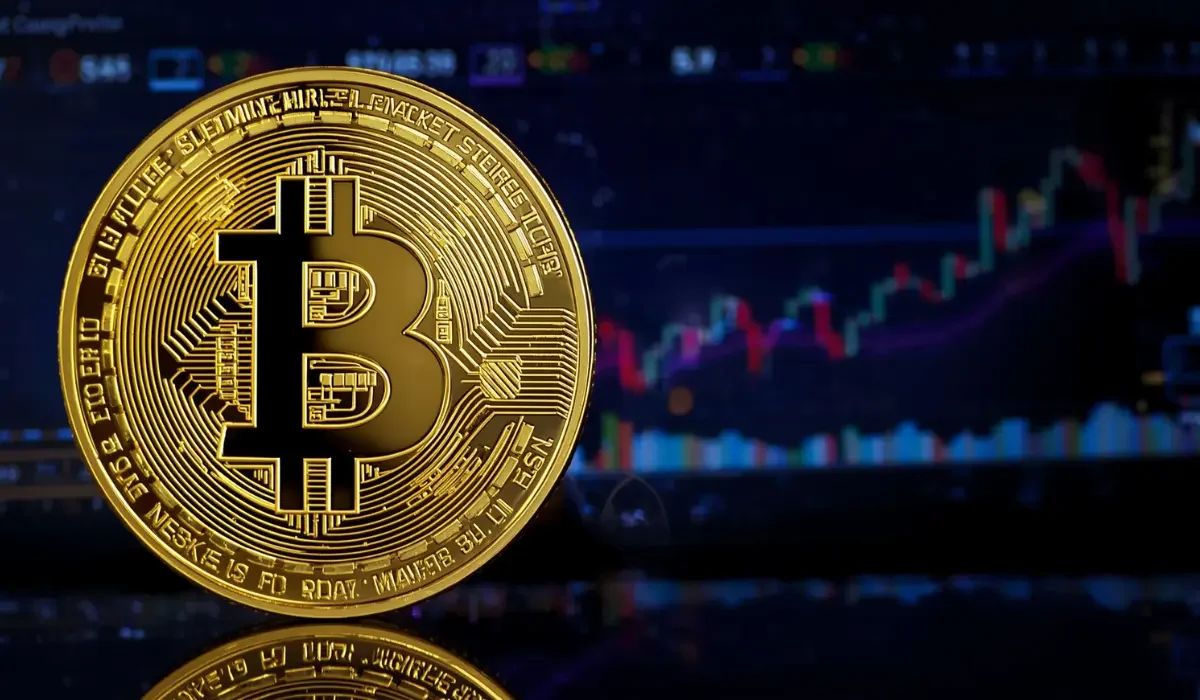Ethereum (ETH) Price Prediction 2025,2026-2030 | Price Forecast

Ethereum, a decentralized blockchain having smart contract functionality, helps developers deploy and create applications. This revolutionary global software platform is mainly utilized for developing centralized finance apps, and its use cases include Non-fungible Tokens, supply chain management, Decentralized Finance (DeFi), new internet infrastructures, digital identity, and Decentralized Autonomous Organization (DAO).
The native currency of the Ethereum network is Ether, which is represented as “ETH”. The ETH token is utilized to pay for transaction fees on the Ethereum network, known as gas fees, and the token also serves as a store of value. This token offers a variety of things, like digital art, in-game assets, or other physical or digital assets.
This article discusses the investment potential of Ethereum and also offers a detailed analysis of the ETH token’s future price movements between 2025 and 2030.
ETH Tokenomics and Current Market Statistics
Currently, $ETH is trading at $4,023.14 with a 24-hour trading volume of $62.76 B. The token is encountering a 55% bearish trend. The token has traded 13 out of 30 days, which is about 43% in the green zone, with a price volatility of 3.81%. The Fear and Greed index of $ ETH stands at 33, which shows “Fear” among investors and holders.
The price prediction information and community sentiment provided in this article are noted at the press time. Hence, the value might change according to the market sentiment of $ETH and other macroeconomic factors.
Here is the Tokenomics of the ETH token
- Current price – $4,023.14
- Market Cap – $485.68 B
- 24-hour volume -$ 62.76 B
- Diluted Market Cap – $ 485.68B
- Total supply – 120.70M
- Circulating supply – 120.70M
Ethereum (ETH) Historical Price
The current trading volume of ETH is 18.78% below its all-time high of $4953.73, noted on August 25, 2025. Similarly, the value of ETH is 21.05% above its all-time low of $0.4209 documented on Oct 22, 2015. In the last 24 hours, the value of the ETH token varied between the range of $3829.01 and $4,053.16 and ended the period at the value of $3938.7, a decline of 2.33%. Further, over the last 30 days, the value of ETH has decreased and also encountered a dip below $4000, highlighting its weakest level in nearly a week. When analysing the performance of ETH for the last year, it faced significant variations, but it performed a gain of 50%. It shows a high rise at the end of 2024, a decline in the first half of 2025, and a sharp rebound in the summer of 2025.
Ethereum (ETH) Short-Term Price Prediction for 2025
Here is the monthwise price prediction of the Ethereum (ETH) token in 2025
| Month | Min. Price | Avg. Price | Max. Price | Potential ROI |
|---|---|---|---|---|
| Sep 2025 | $ 4,022.59 | $ 4,424.71 | $ 4,836.13 | 20.26% |
| Oct 2025 | $ 4,240.32 | $ 5,125.84 | $ 6,110.54 | 51.95% |
| Nov 2025 | $ 5,561.83 | $ 6,396.73 | $ 6,905.64 | 71.72% |
| Dec 2025 | $ 7,206.56 | $ 7,338.38 | $ 7,516.17 | 86.91% |
Per the prediction table above, in 2025, ETH is expected to change hands between $4022.59 and $7516.17, with a potential ROI of 86.91%.
Ethereum (ETH) Long-Term Price Prediction for 2025 – 2030
The Long-Term price prediction (2025-2030) table details of the ETH token are given below.
| Year | Min. Price | Avg Price | Max. Price | Potential ROI |
|---|---|---|---|---|
| 2025 | $ 4,022.59 | $ 1,940.47 | $ 7,516.17 | 86.92% |
| 2026 | $ 4,388.31 | $ 5,629.15 | $ 7,609.02 | 89.22% |
| 2027 | $ 6,016.55 | $ 6,877.84 | $ 7,998.30 | 98.91% |
| 2028 | $ 6,129.83 | $ 8,910.68 | $ 10,649 | 164.82% |
| 2029 | $ 5,886.09 | $ 9,241.15 | $ 11,759 | 192.43% |
| 2030 | $ 10,712 | $ 11,110 | $ 11,689 | 190.69% |
Per the prediction table, the greatest possible rate of ETH tokens will be in 2029, when it could range hands at $11759 with a potential ROI of 192.06%.
Is the ETH Token worth investing in?
Yes, Ethereum is a good investment in the cryptocurrency market. The key factors that made it a strong investment option in the crypto landscape are the transition to Ethereum 2.0, Inflation, the Deflation Mechanism, Smart contract functionality, Adoption, and Ecosystem. When analysing the price prediction data, currently, ETH projects a bearish trend. Therefore, investing now in ETH will be riskier. Further, the financial analysts forecast that the price of ETH will rise in the coming months.
However, ETH delivers substantial growth potential, and it is essential to consider the difficulties with competition, volatility, and regulatory uncertainty from other blockchains like SOL, DOT. Investing in cryptocurrency for the future always carries potential benefits and difficulties. Hence, you need to invest in ETH, conduct deep research on the market sentiment of ETH, and obtain financial advice from a professional before making investment decisions.
Pros and cons of the ETH Token
Here are the major pros and cons of the Ether (ETH) Token
Pros
- Stable and trusted platform due to its build on a secure blockchain
- A robust platform that assists dApps and smart contracts
- Quick and cheap money transfers
- Effective Development Community
- Constant upgrades and Innovation
- Gained wide acceptance
- Versatile smart contracts
- Sustainable Future
Cons
- High transaction fees
- High competition
- Uncertainty in the Crypto regulatory environment
- High energy consumption
The ETH Token: Where to Buy?
Here is a list of decentralized and centralized exchange platforms, along with their trading pairs that support the buying, trading, and selling of $ETH.
- Binance ETH/USDT
- Upbit ETH/KRW
- Gate ETH/USDT
- KuCoin ETH/USDT
- Bitfinex ETH/USDT
- Bitstamp ETH/USD
- Bithump ETH/KRW
- ProBit Global ETH/USDT
- bitFlyer ETH/JPY
- OKX ETH/USD
- Coinbase Exchange ETH/EUR
The Bottom Line
For the coming years, price prediction of Ethereum (ETH) is optimistic, and it is impacted by distinct factors, including institutional adoptions, technological developments, and its constant dominance in the dApps and DeFi platforms. Ethereum has encountered significant price variation since its establishment in 2015. Hence, investors should be aware of the volatile nature of the market and potential risks such as competition and regulatory uncertainty when compared to other blockchains.



